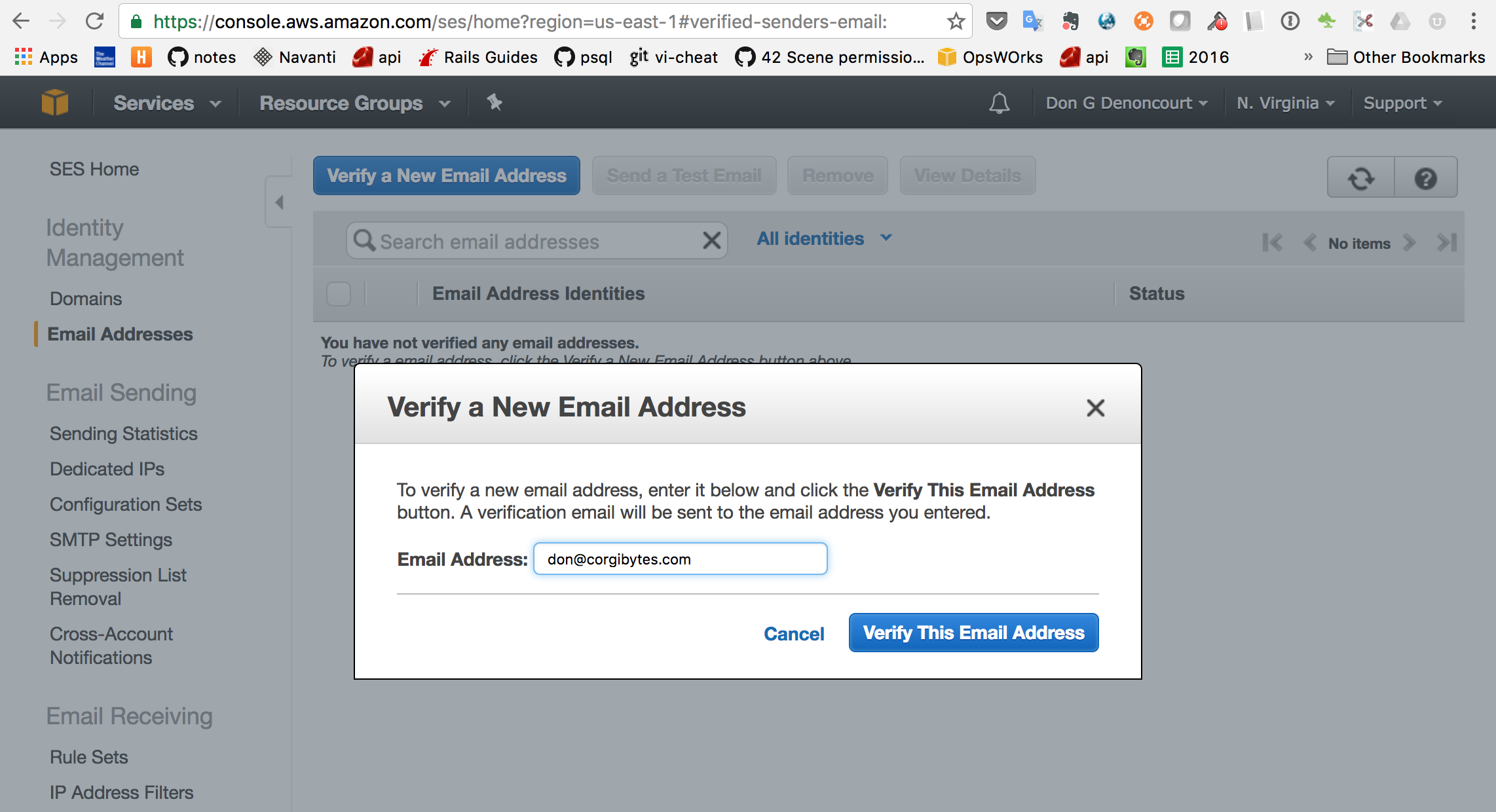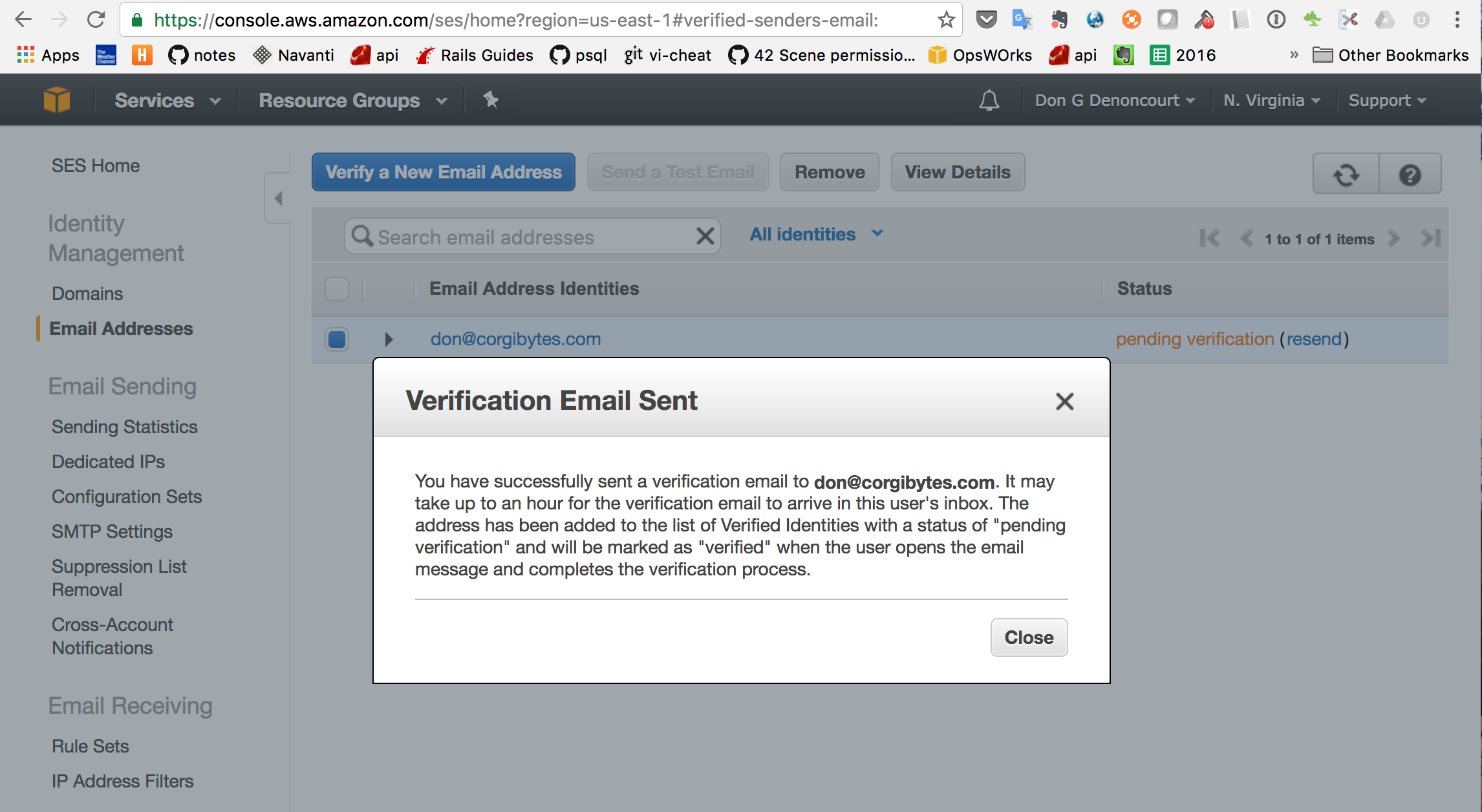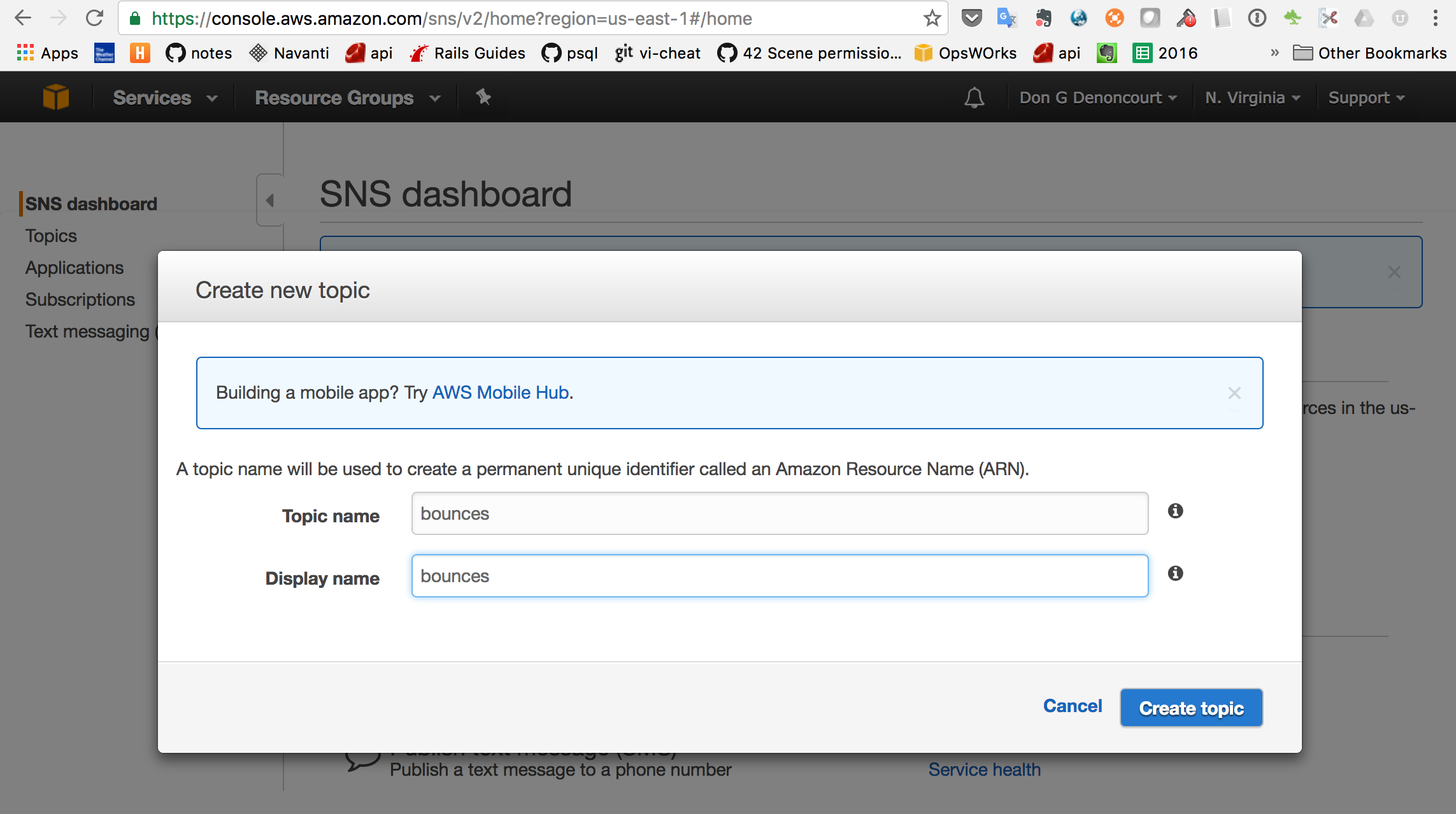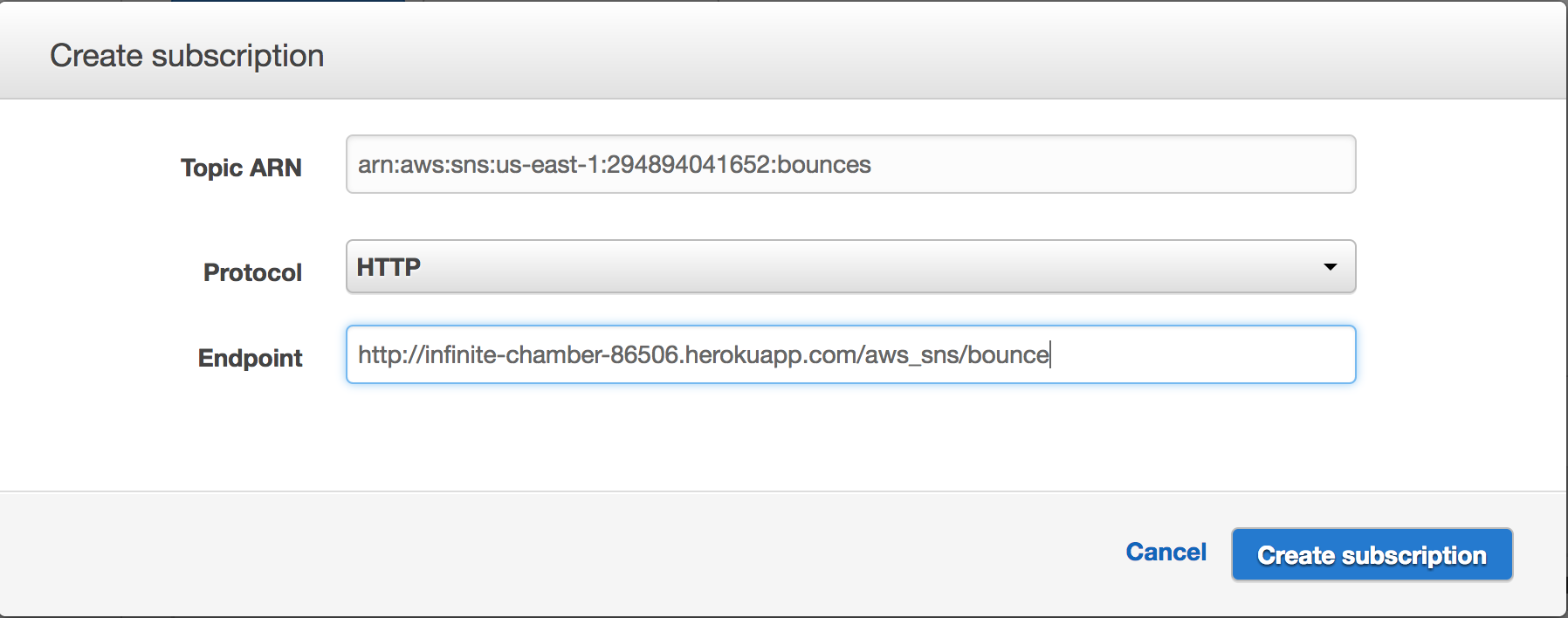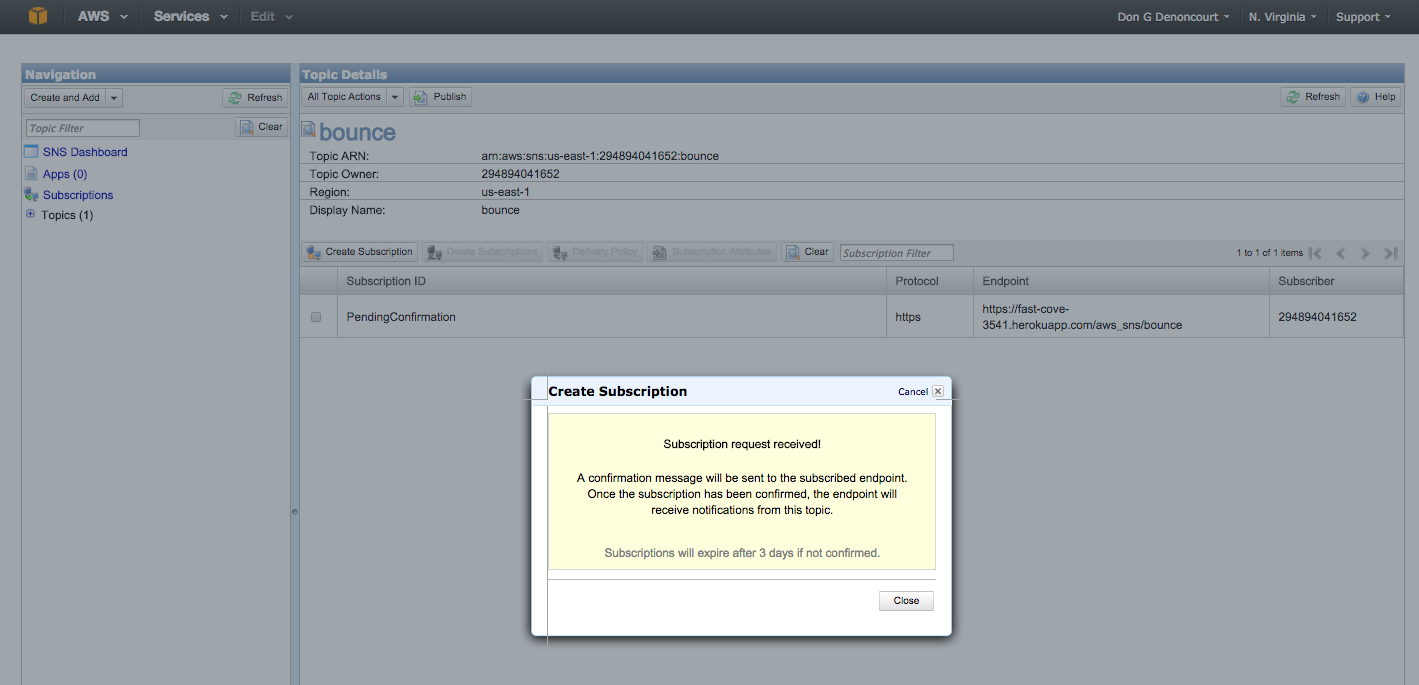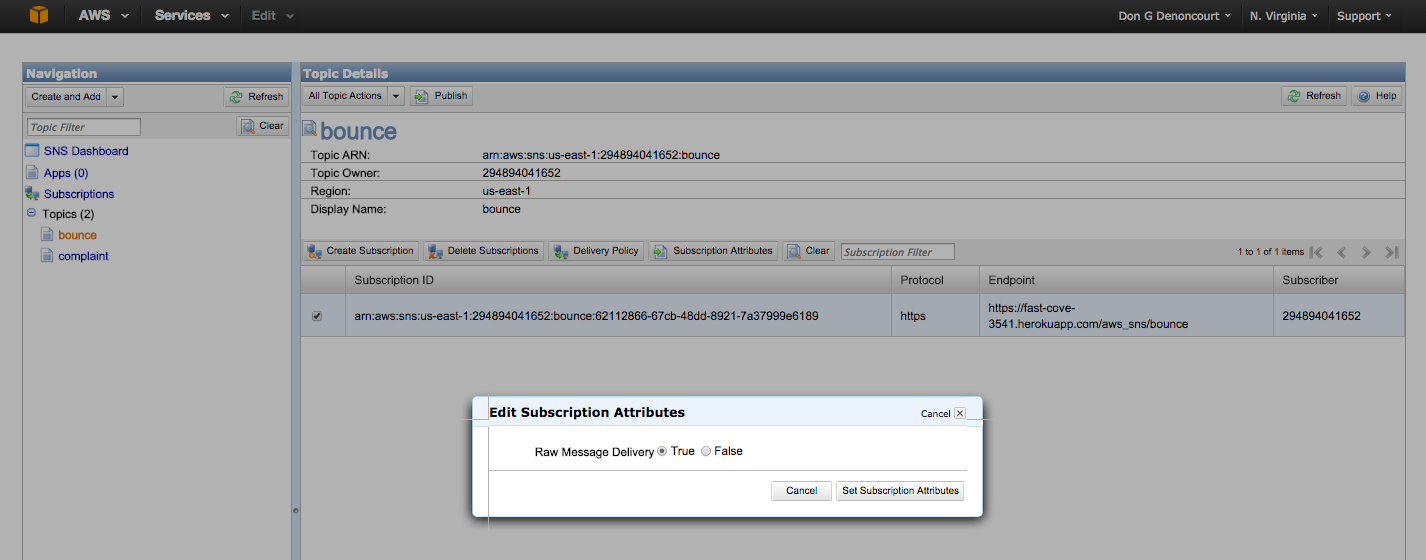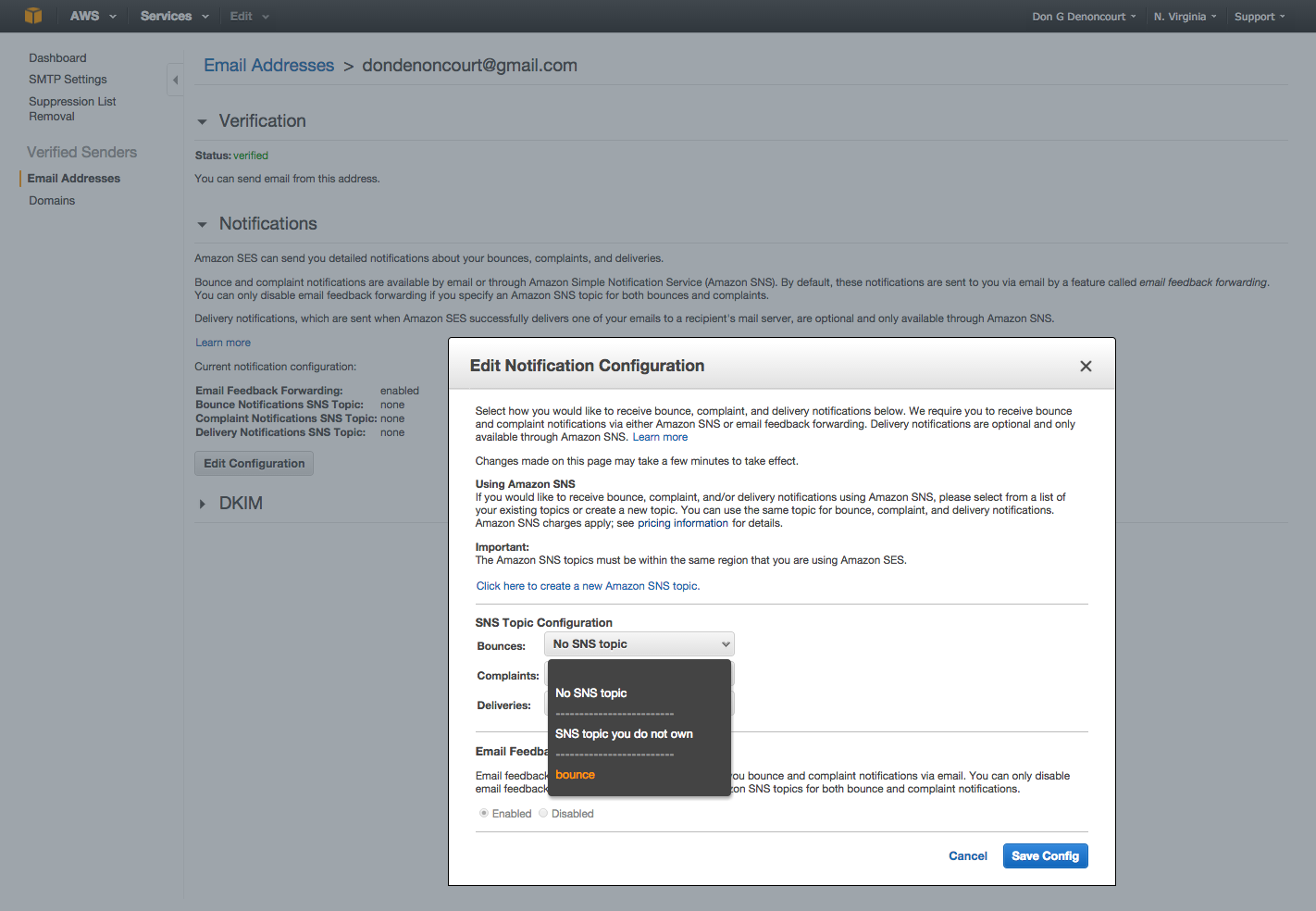FORTRAN:
A great language for mathematics and science and a decent language for teaching. John Backus of IBM premiered this language in 1957. Strangely, continually revised versions of FORTRAN are still around today. I learned FORTRAN in college and what I liked most about FORTRAN was that I got an easy A while my brilliant older brother had to work his ass off to get a C. This was the first time that I thought maybe I could make a career out of programming.
Basic:
Basic came out of Dartmouth in 1964. It was a crappy language really only good enough for kids to learn how to program. It should have died decades ago but some guy called Bill Gates liked it and it morphed into a monstrosity called Visual Basic. I’m pretty sure the term “spaghetti code” was coined to describe Visual Basic applications.
RPG:
RPG is an IBM language that appeared in 1959. It helped catapult the S/3, S/36, S/38, AS/400, iSeries, and IBMi into a leading business platform for Fortune 100. The RPG language was originally developed so each statement could easily fit on an 80 column card. I remember, as an operator in the 80s, retyping statements in a card machine when programs would not load from the card-reader due to a bad card. RPG morphed into a modern language but the wealth of well-written 70s and 80s code haunts the RPG language and gives the development community the incorrect view that the IBMi/AS400 is an antiquated platform.
COBOL:
COBOL, like RPG, appeared in 1959. It was designed to read like the English language -- which did not work as it resulted in overly wordy statements and programs. But, I have to thank COBOL for two things:
1) COBOL programmers, because of their ridiculously long printouts monopolizing printers, forced me to learn how to develop (I was doing RPG at the time) without program listings. That’s what you did: Made changes, attempted a compile, printed the compile listing, reviewed code with a high-lighter, made changes again, and tried another compile. The only way I could get anything done was to go paperless.
2) During my two years of programming in COBOL, I was pretty much forced to finally move from a hunt-and-peck two-fingered typist to a full ten-fingered typist at 25-30 words a minute (my sons were typing at 50-70 WPM by the time they were 15, but whatever.)
C:
For some reason, the C language fascinated me. I studied the crap out of it and was excited when IBM finally made a C compiler for the AS400. In fact, The first article I ever published was called “Freedom of Choice in C Compilers” it compared two C compilers that were newly available for the IBM AS/400 platform:
The book “The C Programming Language” is arguably one of the best technical books ever written. Kernighan and Ritchie patterned their book after Strunk and White’s “The Elements of Style.” Both books are extremely thin and yet full of useful information. Many, many programming language books have attempted to emulate “The C Programming Language” with limited success. I’ve thrown out a dozen books on writing and dozens and dozens of books on programming yet these two remain on my shelf and are regularly referenced.
My research into C (and my article) got me a job as a systems-programmer at ASNA, where I worked for 5 years as a C and C++ programmer.
dBase III:
This great language was built for the IBM PC and appeared abou 1980. It forced me to learn modular programming and coerced me into learning better database design.
Assembler (MI):
Assembler has been around since forever. I did learn some MS/DOS-style assembler but I used the AS400 MI (Machine Interface) language on a daily basis during my 5 years as a systems programmer at ASNA. The best thing I can say about assembly language programming is that it made me appreciate C. I’ve met some folks that bragged to me about how they program in MI regularly and I would think “Why?” I mean, the last programming I did at ASNA was to replace all use of MI with C-API calls. There is rarely a need to use assembler level coding anymore.
C++:
I loved Stroustrup's monstrosity. And I got very good at it. I created a Windows source-level debugger for RPG and Cobol using C++ (that debugger was called Extermin8 for Windows.) I also worked with a team of C++ programmers at Circuit City that used an Object Oriented Database.
Question: Does Linus Torvalds write in C++?
Answer: No, he uses C.
Java:
Following Jimmy Fallon’s lead in thank you notes:
“Thank you Java, for wasting 10 years of my life while building the infrastructure for modern languages”
I’ve said in interviews that I’ve been doing Java since “before it was real.” I downloaded and played with IBM’s Java environment in 1996. At that point IBM was saying Java was going to be the next big thing. Lot’s of folks jumped on the bandwagon. But it wasn’t until the Java Servlet API was readily available in 1998 that Java became “real.”
I was considered a leading expert of Java on the AS/400 (a.k.a. iSeries and IBMi.) I published several books and hundreds of articles on Java. I was the Java Subject Matter Expert for Common (www.common.org/) I was the editor of both a Java print magazine called NetJava Expert, I was the editor of a popular email newsletter called Eclipse Tips. And I delivered week long seminars in most major US cities.
But, here’s what I think of Java now: It is a systems programming language. It is too complex of a language for business applications. Even if the developer is brilliant at Java, they would develop faster with a different language.
Java, however, gave us a lot including:
The Java Virtual Machine, with optimizations and excellent thread support
Testing frameworks
APIs for most anything you can think of from email services to search optimizers
A platform for dozens of other languages, from Scala to Rhino.
PHP:
Or, as it was first called, Personal Home Page. PHP was developed as a thin veneer on top of the Perl language to simplify web development. I liked Perl so I gave PHP a several year whirl. And I still try stay on top of it. I did a series of articles for IBM Developerworks on advanced PHP:
Leveraging PHP 5.3's lambdas and closures:
Leveraging PHP V5.3 namespaces for readable and maintainable code
PHP V5.3 invigorates object-oriented programming with late static binding
Nevertheless, I feel PHP is a sloppy language. It does have many great frameworks but there are so many of them that the developer base has splintered. I think PHP is the VB of the Web. It is all to easy for folks to write bad code in PHP. I’m thinking Kent Beck, however, has written some fine PHP as a contractor for Facebook. So you certain can do great things with PHP and, as a dynamic language, you can do things easily that are next to impossible with static language like Java.
Here's an article I wrote called "Get Real with PHP" where I prescribed strategies for development:
http://iprodeveloper.com/rpg-programming/get-real-php
Groovy:
Groovy is a dynamic language that runs in the JVM. I love the Groovy language. A Groovy source file compiles to become a Java class -- so it will run in any Java container. When the Grails framework (a Ruby on Rails wannabe that is build using Groovy) became available, I immediately focused all my work on Grails. I was able to coerce a dozen or so clients into allowing me to implement Web apps for them in Grails. In fact, the first Grails app I developed, 8 years or so ago, is still running fine.
The Groovy language is very elegant and, of all the languages that run on the JVM, Groovy integrates the best with existing Java classes. I found that I was able to write 50-80% less code with Groovy than it would have taken with Java. And I was also able to develop much more quickly with Groovy and Grails than with Java and standard Java frameworks.
I’ve published a bunch of articles on Groovy and Grails and here’s one I did specifically for Amazon Web Services:
Building an Amazon S3 Browser with Grails : Articles & Tutorials : Amazon Web Services
Ruby:
Ah, Ruby, this has been my current love for about 4 years now. As I said, I did Grails for many years but, all that time, I still had Rails-envy. But as soon as I was able to coerce a client into using Rails instead of a Java, I never looked back.
Ruby was written for programmers that love to code. It allows you to do more with less. You can do things in Ruby extremely easily that would otherwise take hundreds of lines of code and the use of complex design patterns in Java. With Ruby, you can do things that you had thought of while using Java but never did because it would have taken too much time.
Ruby has a number of environments. One is MRI: Matz Ruby Interpreter (Matz is the creator of Ruby.) MRI is also known a CRI as it is a C language implementation of a Ruby environment. One example of RI alternatives is IronRuby with is Ruby for the .Net platform. But the most interesting alternative RI, to me, is JRuby. JRuby is very successful because it runs on top of the heavily optimized JVM. And that JVM provides true threads to Ruby applications -- which is something that is lacking in the other Ruby Interpreters. JRuby also allows you to easily integrate with Java APIs. The first time I used JRuby I did so because I needed to use a JDBC driver to access a database that did not, at the time, have a Rails ActiveRecord adapter. I wrote about JRuby in “Get on the Fast Track with Rails”
Rails is the best web application development frameworks I’ve used. And I’ve used dozens. Rails brought us Convention-Over-Configuration (CoC) and a myriad of other well-thought out concepts.
To learn more about CoC you can read my article:
What next:
Functional programming languages?
Tell me about your language experiences.

